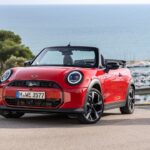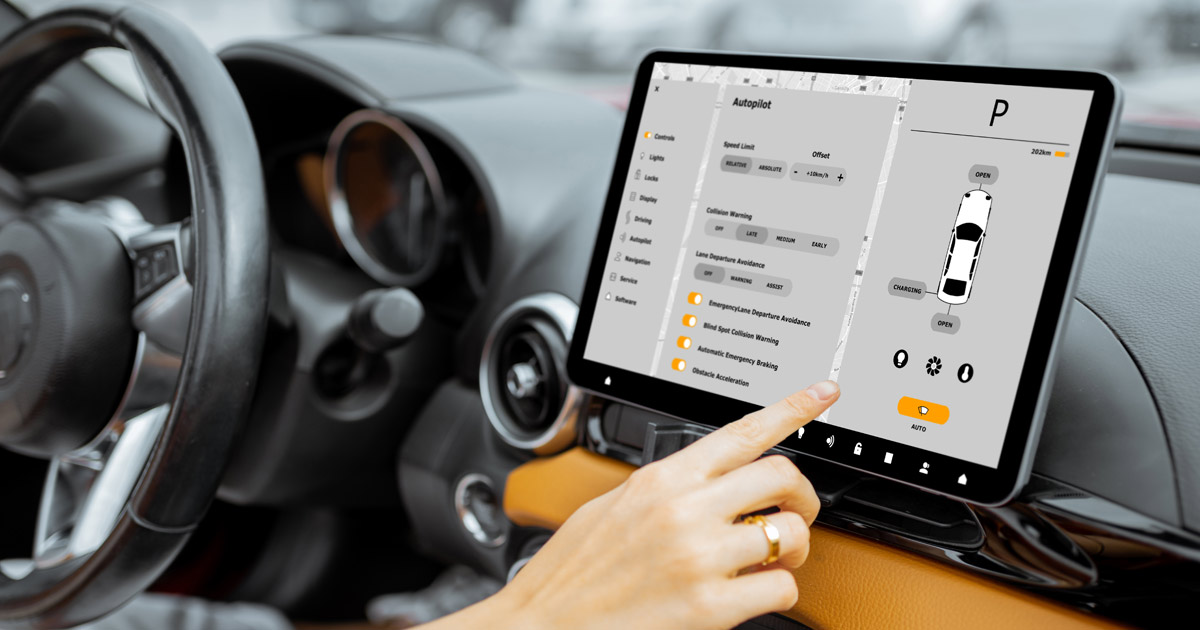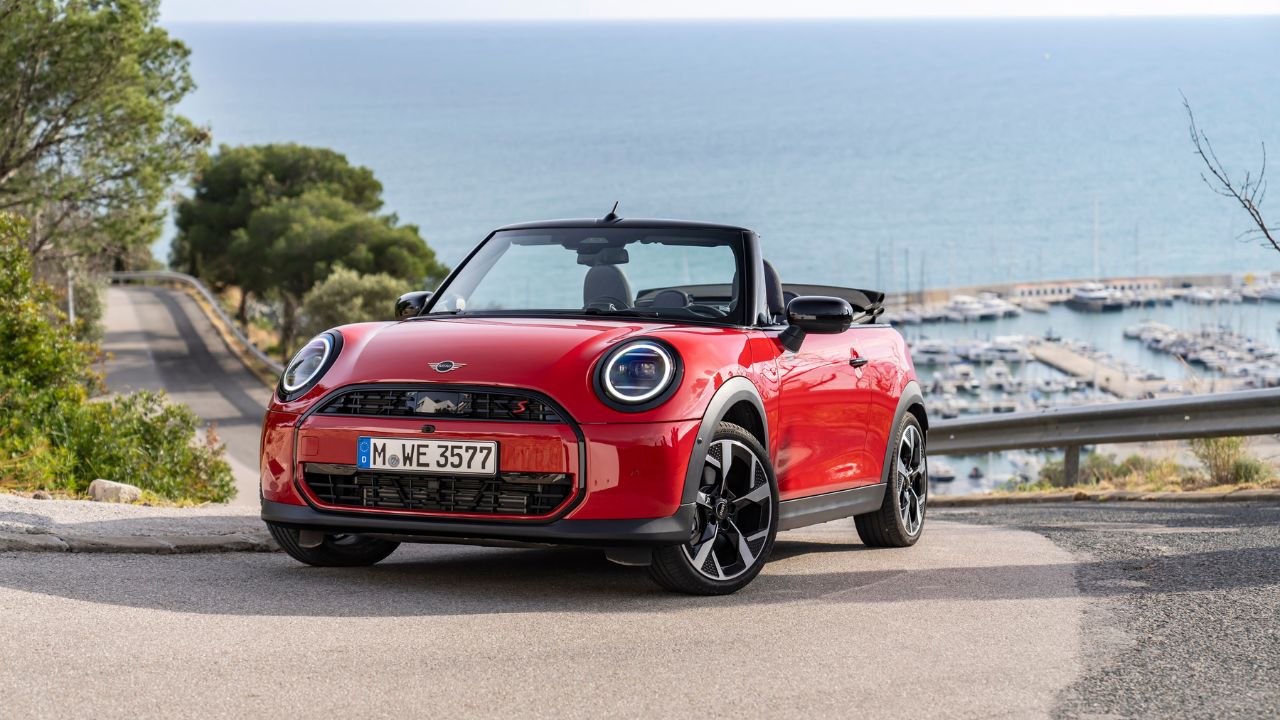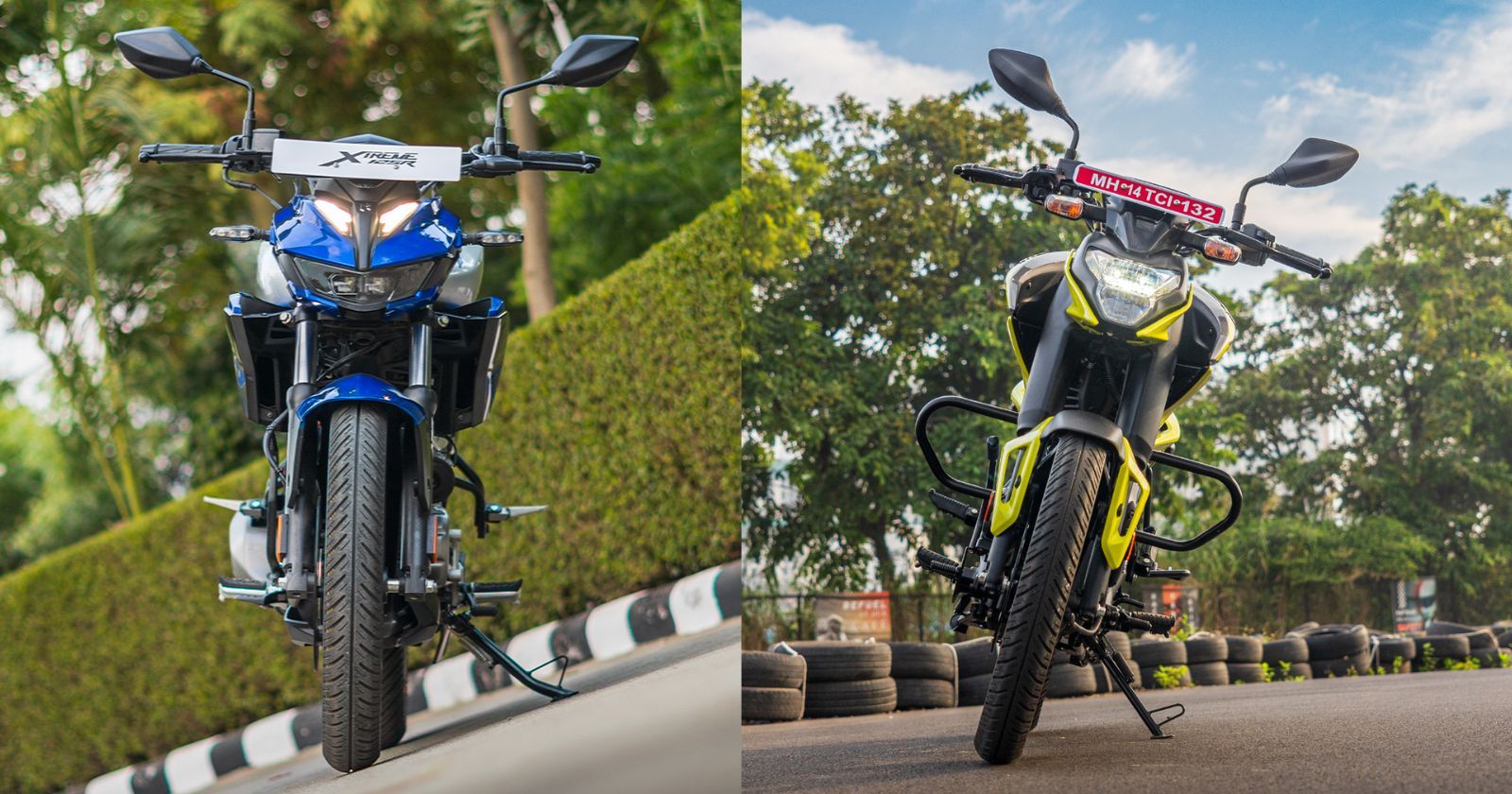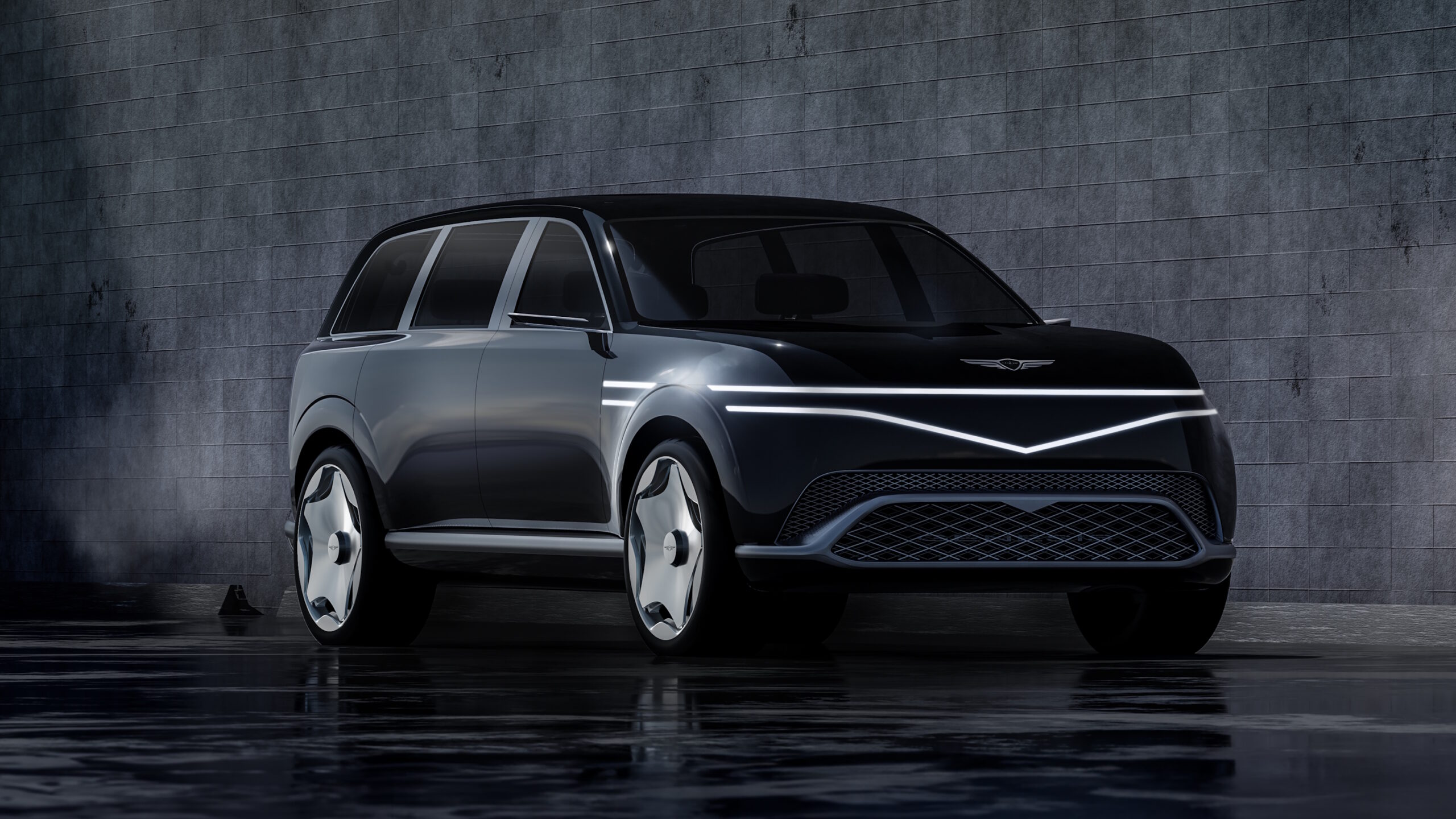Over the last decade, car interiors have undergone a dramatic transformation. Traditional dashboards filled with knobs, switches, and buttons have been replaced by expansive touchscreens, digital panels, and glossy display surfaces. These massive interactive screens have become the centerpiece of modern vehicles—especially electric cars—signifying luxury, innovation, and technological advancement. But they also come with a hidden cost. As the amount of in-car digital surface expands, safety researchers are discovering a rising threat: increased driver distraction and reduced situational awareness.
1. The Rise of Massive Touchscreens in Today’s Vehicles
How Car Displays Transitioned Over the Years
Car interiors were once dominated by tactile controls—simple buttons, rotary knobs, sliders, and switches. These mechanical inputs were easy to operate without diverting attention from the road. However, the technological revolution introduced compact infotainment screens in premium cars during the late 1990s and early 2000s.
Infotainment Becomes the New Norm
By the early 2010s, even mid-range vehicles included touchscreen displays to access navigation, music, and Bluetooth connectivity. These screens were relatively small—but the trend had begun.
Tesla’s Influence and the Oversized Screen Era
Tesla’s vertical tablet-style display revolutionized the industry, encouraging competitors to adopt similar designs. Now many cars feature:
- 15–17 inch infotainment displays
- Full-width digital dashboards
- Rotating touch-based controls
- Integrated climate and media controls within touchscreen menus
Digital Cockpits Replace Traditional Dashboards
Today, the majority of new vehicles include multiple screens in the driver cluster, center console, and even for passenger entertainment. Cars are becoming rolling digital ecosystems.
2. Why Automakers Prefer Large Touchscreens
Lower Manufacturing Cost and Simplified Interior Architecture
Building an interior with multiple mechanical buttons is costlier than embedding a large touchscreen that handles several functions. A digital surface reduces wiring complexity and saves assembly time.
Software-Driven Experiences and OTA Updates
Manufacturers can add new features through software updates, offering customizable layouts, new themes, updated maps, and improved performance—all without physical changes.
Consumer Appeal and Tech-Centric Marketing
Car buyers are increasingly drawn to futuristic cabin designs. Large touchscreens offer smartphone-like interfaces, making the driving experience feel modern, connected, and premium.
Minimalistic Design Trend
Modern design language favors clean, uncluttered surfaces. Removing physical controls helps automakers achieve minimalism.
3. The Hidden Safety Risk: Increased Driver Distraction
touchscreens Require Visual Attention
Unlike traditional buttons that can be operated by touch alone, massive touchscreens demand direct eye contact. Drivers must:
- Look at the screen
- Navigate menus
- Confirm selections
- Monitor feedback
This increases visual distraction significantly.
Multi-Layer Menus Slow Down Driver Response
Many essential features—like climate control, seat heating, or audio adjustment—are buried within multiple menu levels. This makes quick adjustments impossible.
Reduced Situational Awareness
When drivers glance down at large touch controls, they lose awareness of:
- Surrounding traffic
- Road signals
- Pedestrian movement
- Speed variations
Research shows even a two-second distraction dramatically increases accident risk.
Finger Precision and Poor Ergonomics
Screens often require precise finger taps. During vehicle vibration, bumps, or turns, accuracy decreases, causing drivers to reattempt actions—wasting more time.
Glare and Brightness Issues
Massive glossy surfaces reflect sunlight, making content harder to read. At night, overly bright displays strain the eyes and disrupt night vision adaptation.
4. What Research Says About Touchscreen-Induced Distraction
European Road Safety Agency Findings
A study by European safety researchers revealed that touchscreens increase cognitive load, as drivers must think and act simultaneously while navigating menus.
Reaction Times Slow Significantly
Data shows that operating an infotainment touchscreen can reduce driver reaction times by 20–30%, similar to mild intoxication.
Higher Accident Rates in Vehicles with Screen-Heavy Interfaces
Insurance reports indicate that cars with complex touchscreen-based controls are involved in more low-speed collisions and lane drift incidents.
Comparison with Physical Controls
Operating a physical knob (like a volume dial) typically takes under one second. Using a touchscreen slider or digital volume bar can take 3–5 seconds, increasing risk.
5. Buttons vs. Screens: Why Tactile Controls Improve Safety
Muscle Memory Enables Hands-Free Operation
Drivers can instinctively reach for physical controls without looking. This is impossible with touchscreens.
Tactile Feedback Offers Instant Confirmation
Knobs click, buttons depress, but touch panels offer no physical cues. This forces drivers to verify visually.
Reliability During System Failures
Touchscreens can freeze, lag, or reboot—rendering essential controls temporarily inaccessible. Physical buttons work independently of software stability.
Better Usability in Motion
During road bumps or uneven surfaces, physical buttons remain easy to operate, while touchscreens require precision tapping.
6. How Oversized Screens Affect Cognitive Load
The Brain Juggles Multiple Tasks at Once
Driving is already a multitasking activity that requires:
- Visual focus
- Motor control
- Decision-making
- Hazard prediction
Adding touchscreen navigation increases brain workload unnecessarily.
Decision-Making Takes Longer
More features on the screen means more choices. This phenomenon—called choice overload—slows decision-making and interrupts driving flow.
Digital Fatigue During Long Rides
Long-term use of bright screens leads to digital fatigue, reducing alertness and increasing microsleep risk.
Memory Load Increases
Drivers must remember where each feature is located within the interface, increasing cognitive strain.
7. Real-World Accidents Linked to Touchscreen Distraction
Highway Lane Drift Cases
Several highway crashes occurred because drivers were adjusting air conditioning or navigation settings.
Rear-End Collisions
Touchscreen distraction leads to delayed braking responses.
Over-Reliance on AutoPilot Features
Drivers assume driver-assist systems compensate for distraction—an assumption proven false in multiple incidents.
Global Reports on In-Car Screen Misuse
Various countries report rising cases of drivers watching videos, adjusting apps, or customizing settings while driving.
8. Expert Recommendations for Safer Touchscreen Usage
Bring Back Essential Physical Controls
Critical functions that should have physical buttons include:
- Climate control
- Headlights
- Wipers
- Hazard lights
- Defoggers
Implement Haptic Feedback
Haptic vibrations can simulate button feel, helping drivers operate screens without full visual attention.
Simplify Screen Layouts
Minimalistic menus with fewer layers reduce cognitive load.
Expand Voice Command Capabilities
More accurate voice systems allow drivers to adjust settings hands-free.
Driver Monitoring Cameras
These systems alert drivers when eye-off-road time exceeds safe limits.
9. Are Massive Touchscreens Necessarily Bad?
Benefits of Large Displays
Despite the risks, large touchscreens offer:
- Better navigation visibility
- Easy connectivity
- Cleaner dashboards
- Customizable layouts
- Enhanced entertainment
The Key Issue Is Over-Reliance
Touchscreens are not dangerous on their own—but using them for every function is.
The Future Is a Hybrid Interface
A balanced cabin may include:
- Medium-sized screens
- Essential physical knobs
- Voice controls
- Smart haptic buttons
This hybrid layout will reduce distraction while maintaining modern aesthetics.
10. Future of Automotive UX: Safety-Centric Digital Design
Focus on Human-Centric Engineering
Automakers are reinvesting in user research to understand how real drivers interact with interfaces while moving.
Adaptive Displays
Future screens will adapt to driving conditions:
- Simplifying menus at high speeds
- Limiting non-essential apps
- Increasing important notifications only when required
AI-Enhanced Cabin Assistants
AI-based systems will become more advanced, helping drivers control features through natural speech.
Regulations and Legal Standards
Countries may soon mandate safety guidelines for digital surfaces inside vehicles.



